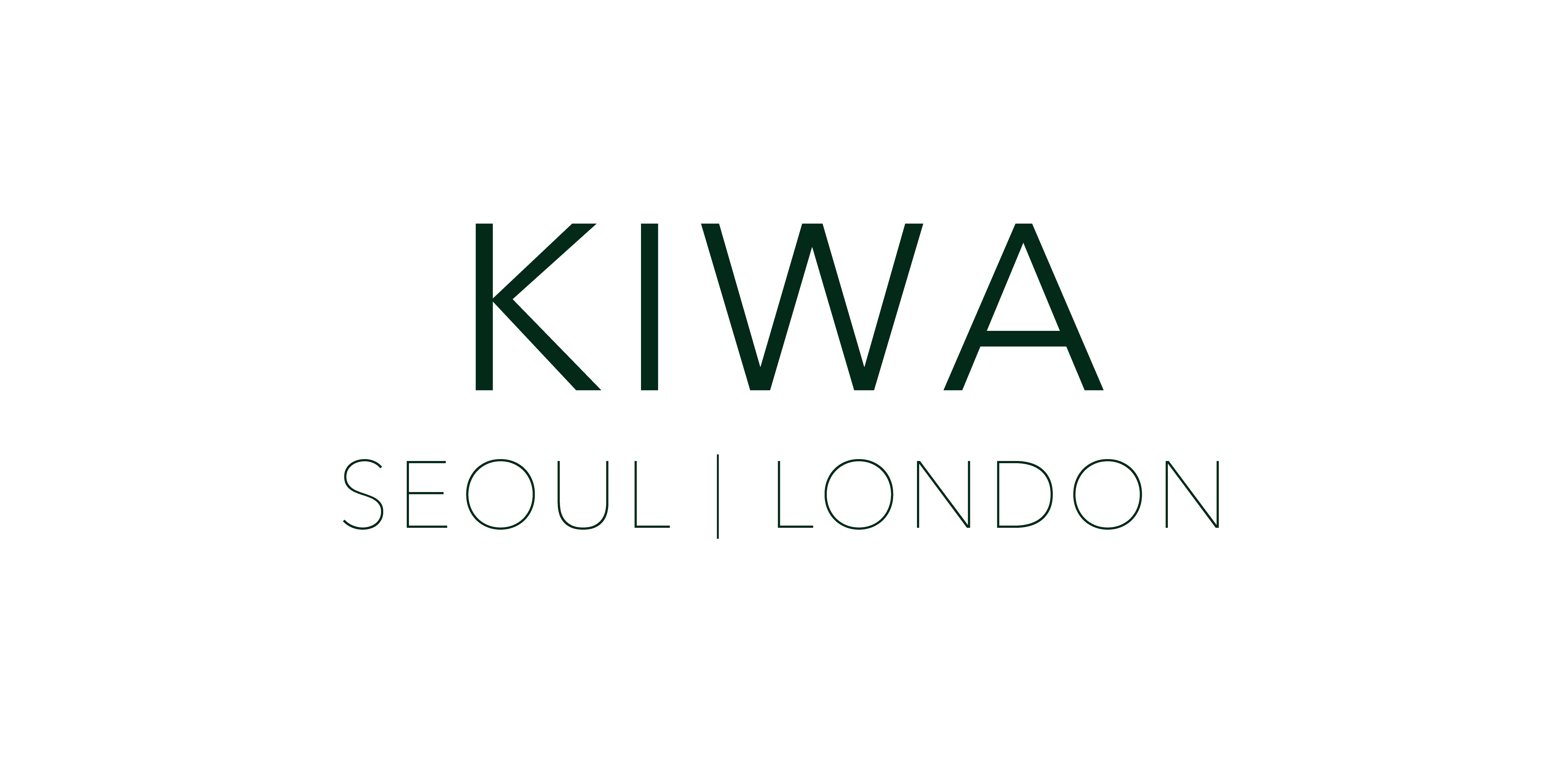On an unusually cold, snowy winter day, in a now-forgotten bar in Berlin, a jazz trio—saxophone, bass, and guitar—was playing. The place was nearly empty, and I quickly downed a couple of whiskeys to warm up. The music spread through my body like the alcohol in my veins. I closed my eyes. The sound filled my chest, a desire to listen, to let it resonate in the dim, shadowy darkness. In the silence of the night, where everything inside me seemed to dissolve, I felt something stirring deep within, like a swamp with depth and weight. It was familiar yet slightly unsettling—a pale, nameless presence. When I slowly opened my eyes, I saw a formless shape floating in the air between the trio on stage and the high ceiling, like a spirit. As I stared, transfixed as if under a spell, it and I became one. Was it a hallucination? Could it be the manifestation of the "swing" I had been searching for all this time? This sudden thought pulled me away. Realizing I had forgotten to take a photo, I grabbed my camera from the table, set it up, and aimed it at the stage. Without thinking, I closed my eyes and pressed the shutter.
I was born with unusually sensitive ears. Even now, as someone who primarily communicates through visual images, my acute hearing often overwhelms my sense of sight. This might be why I perceive sound and subject as a single entity. Unlike the visible world that unfolds after birth, sound and its vibrations directly envelop, strike, and shake the unborn fetus. For a defenseless fetus curled up in the darkness of the womb, sound might be a source of terror. Unlike the eyes, which can be closed to block out images, the ears are always open. No sound can be blocked. There is no rest. Even while sleeping, all kinds of sounds flood in. In the mind of a being that has yet to witness the world, strange images form—shapes of sound. Sound is the origin of images.
Though the sound that reaches our ears through the air and the vibrations that reach a fetus in the womb are different, I believe my connection to jazz began even before I became a complete person. This music lingers within me like another soul. Yet, jazz often frightened me. It felt like a labyrinth I could never escape once I entered, and I ran away from it many times. It was a paradoxical temptation lurking at various crossroads of life—a siren's song that sailors tried so hard to avoid that they plugged their ears with wax. But after countless nights where even the stars disappeared into their own darkness, a dawn finally arrived, and the south wind guided my ship to the island of Anthemoessa. The wind ceased, the sea grew calm, and my ship came to a halt under a shower of golden sunlight. Like the king of Ithaca, who begged to be untied so he could rush toward the enchanting music, I listened intently to every note while tied to the mast.
Jazz is a dynamic rubato that strikes the edge of the target. When the wind dances through the forest, the trees may not sway, but the leaves come alive with movement. That movement is swing. Like time, this music is directionless—a swirling, circular dance. I chase sound with my eyes, leaning on the sacred memories that drift like fog in my ears. Following it, I cross the equator of darkness, passing through the rough straits that swallow all ordinary sounds, until I reach the sealed land of Nyx. This is the womb where swing is conceived. And so, I press the camera shutter to tell the story of this protean rhythm and its bond with the night. To recall the melodies captured in the deep shadows of Hammershøi's candlelit interiors in Copenhagen. To summon the lost landscapes and overtones I saw standing at the threshold of darkness. At the edge of night, the ears become most alert. It is a time when colors lose their voice and old sounds sing. Within it lies a distilled scene, separated from reality, holding a brilliance more vivid than any color—a brilliance attainable only by relinquishing color. There, I silently stalk the pure sound (mousikē), drawing the bowstring. The scenes chosen by this sound, which is never a language to be acquired, rise like a mountain range of polyphony, layered with time.
The accumulated darkness is an echo from afar. It is the song of Wie aus der Ferne, tickling beneath the skin, and the nostalgia that feels like the dull, persistent ache of an old wound. The chiaroscuro replicated in my photographs amplifies the inner resonance of these secret sounds. Though they may seem distant, they shake the heart more profoundly than melodies heard up close. This is the essence of jazz that captivates me—and that my photographs seek to capture. On the colorless horizon, within the visual stillness (Ah quelle tranquillité!), a kaleidoscope of chromatic tones finally reveals itself. The poiesis, resembling the rumble and flash of distant thunder, is layered at every level of gradation. This ultrasonic landscape, where sound and image osmose, is the true essence of monochrome. It is also the cherished homeland where my photographs were born and raised.

